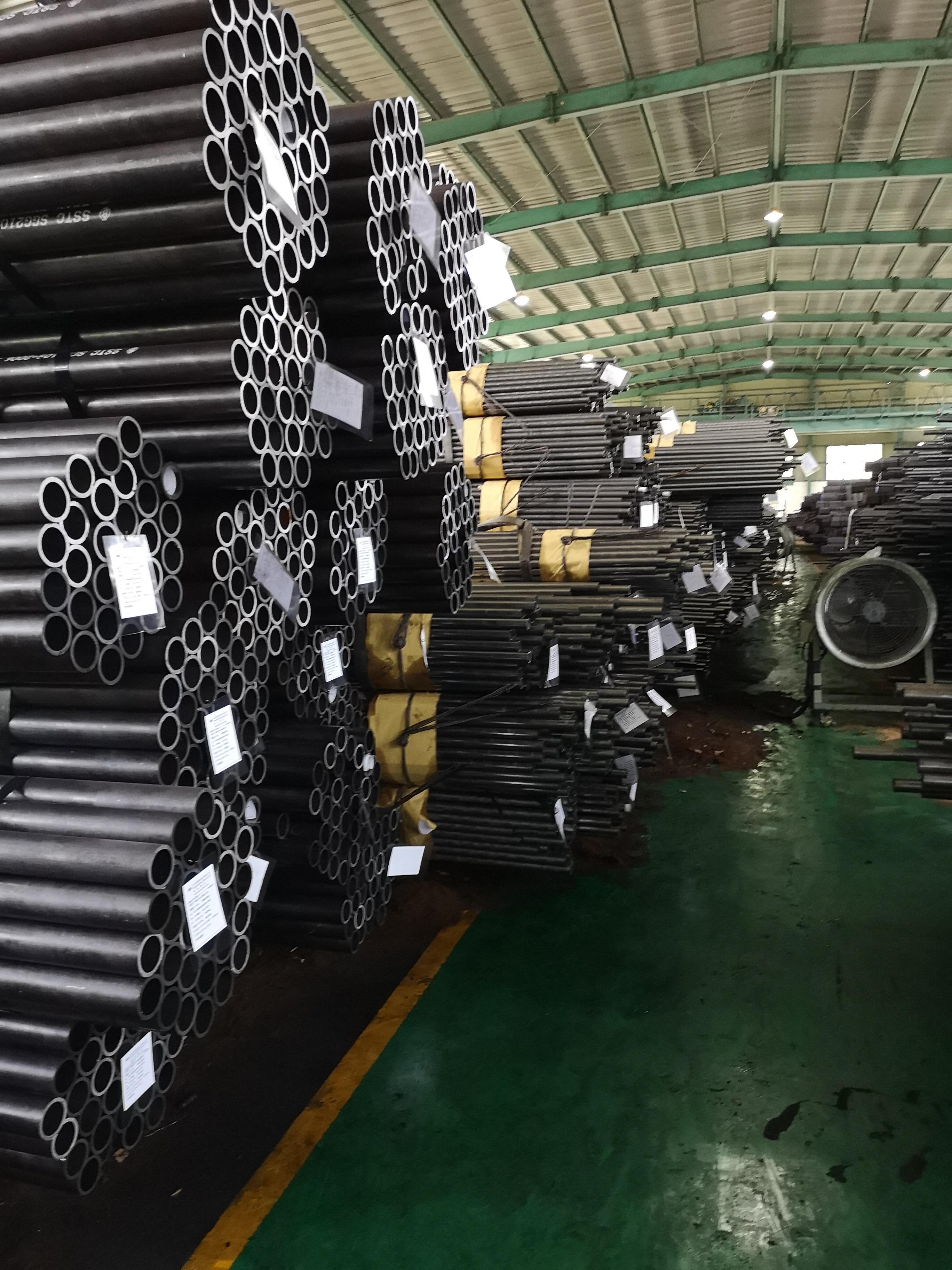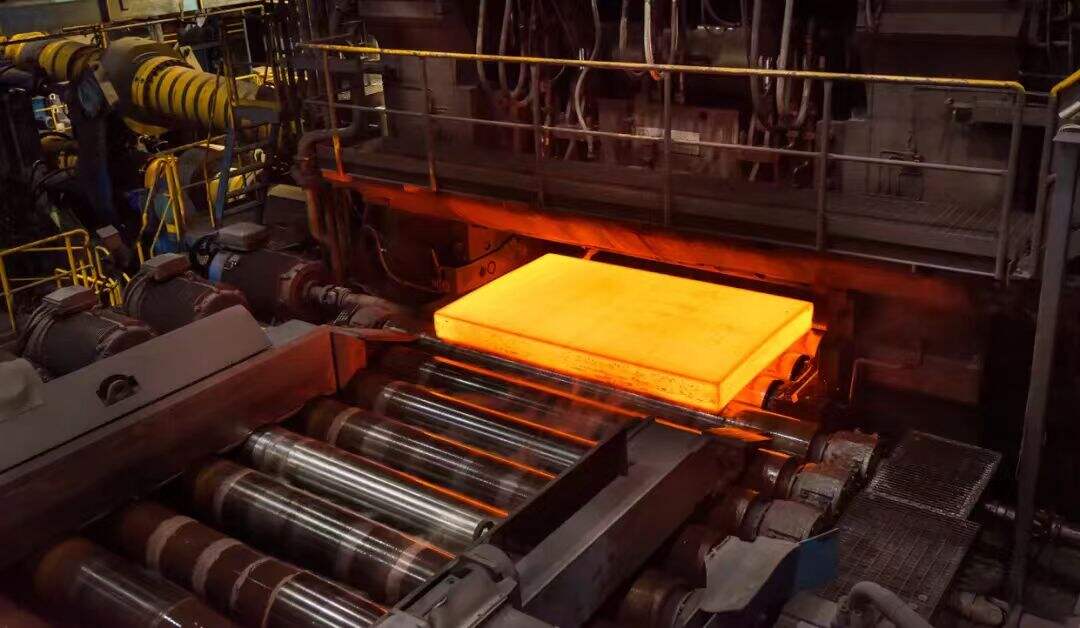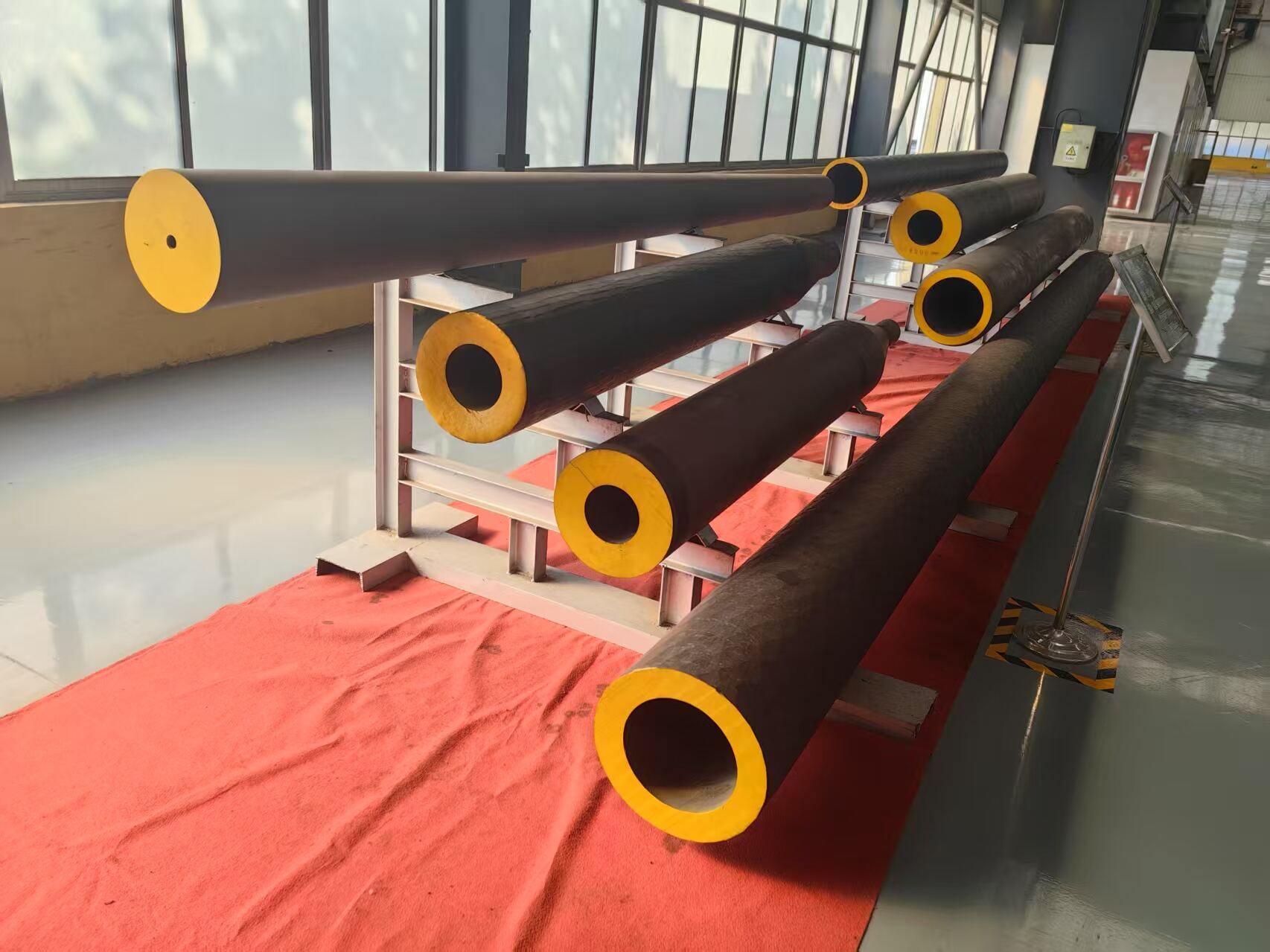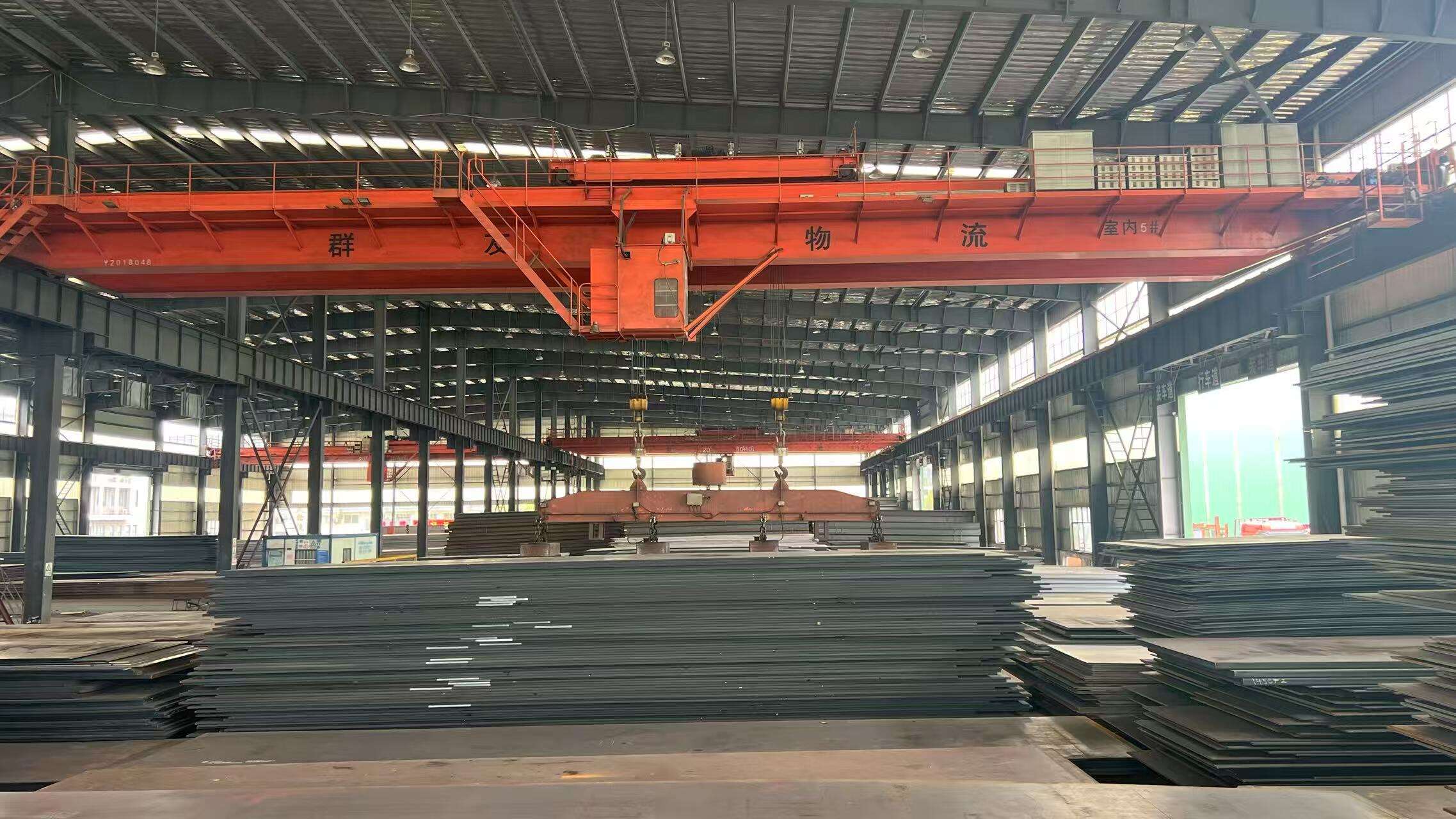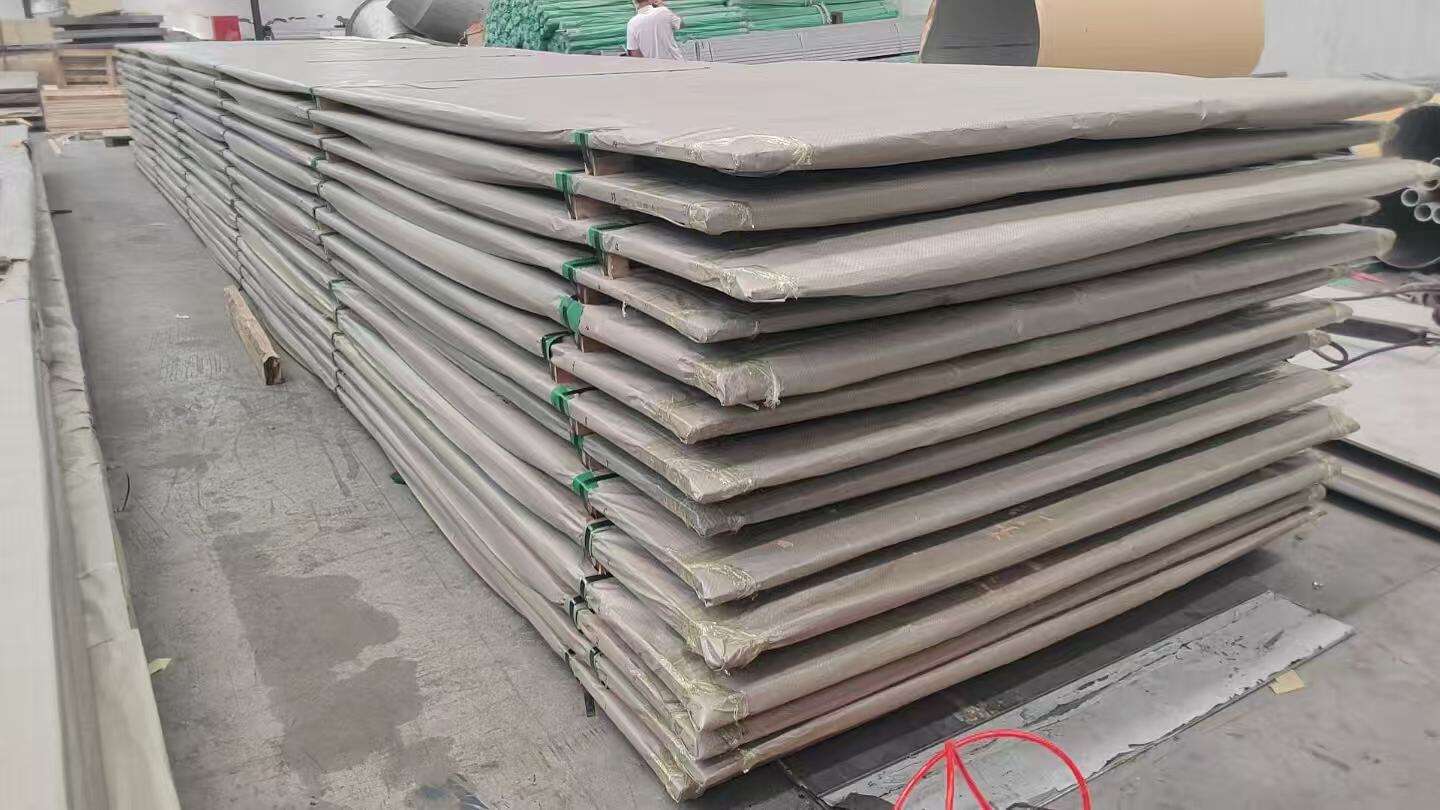hardened steel plate
Hardened steel plate represents a pinnacle of metallurgical engineering, combining exceptional durability with versatile performance characteristics. This specialized material undergoes precise heat treatment processes that transform ordinary steel into a superior product capable of withstanding extreme conditions. The hardened steel plate achieves its remarkable properties through controlled heating and cooling cycles that alter the steel's molecular structure, creating a material with enhanced strength, wear resistance, and longevity. Manufacturing facilities employ sophisticated tempering techniques to optimize the hardened steel plate's performance characteristics, ensuring consistent quality across different applications. The process involves heating the steel to specific temperatures followed by rapid cooling, which creates a crystalline structure that maximizes hardness while maintaining structural integrity. Modern hardened steel plate production utilizes advanced quality control systems that monitor temperature variations, cooling rates, and chemical composition throughout the manufacturing process. These plates typically feature hardness ratings ranging from 300 to 600 HB (Brinell Hardness), depending on the intended application and customer requirements. The surface finish of hardened steel plate varies from smooth mill finish to specialized textures designed for specific industrial applications. Dimensional accuracy remains critical, with manufacturers maintaining tight tolerances to ensure proper fit and function in demanding environments. The hardened steel plate exhibits excellent impact resistance, making it suitable for applications involving heavy machinery, construction equipment, and protective barriers. Chemical composition plays a vital role in determining the final properties, with carbon content, alloying elements, and impurity levels carefully controlled during production. Quality assurance protocols include comprehensive testing procedures that verify hardness distribution, tensile strength, and dimensional conformance before shipment to customers.






